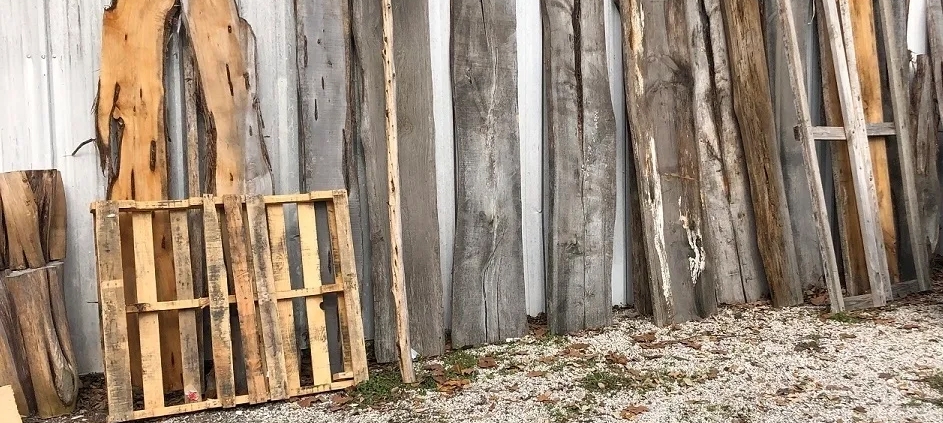How to Repair Damaged Wood Furniture Refinish
Introduction
Wood furnishings add a touch of elegance to any room. However, it can become scratched, dented, and damaged with time. Repairing broken timber fixtures may appear difficult, but with the right equipment and tactics, you can restore them to their previous glory. This booklet will walk you through the process of repairing and refinishing your wooden furniture, ensuring it looks as good as new.
Tools and Materials Needed
Before beginning the restoration technique, gather all vital tools and substances. You’ll need sandpaper, wooden filler, wood stain, a putty knife, smooth cloths, and a sealant. Having those gadgets handy will make the manner smoother and more efficient. Additionally, don’t forget the use protective gloves and safety glasses to shield yourself for the duration of the restore.
Preparing the Furniture
Proper education is fundamental to a successful restoration.
Cleaning and Sanding
Begin employing cleaning the fixtures to dispose of any dust or debris. Use a moderate cleaning soap and water solution, and dry very well. Next, sand the floor to create a smooth base for upkeep. Use medium-grit sandpaper to do away with the vintage end and any minor imperfections. Once the sanding is whole, wipe down the fixtures with a clean, damp fabric to dispose of dirt.
Repairing Surface Damage
Surface damage, along with scratches and dents, is not unusual in timber fixtures.
Fixing Scratches and Dents
To repair scratches, use a timber filler that fits the shade of your fixtures. Apply the filler with a putty knife, pressing it into the scratch. Allow it to dry, then sand the location smooth. For dents, a humid fabric and an iron can work wonders. Place the damp cloth over the dent and apply the iron on a pinnacle. The warmth will cause the wood to amplify and fill within the dent.
Repairing Cracks and Splits
Cracks and splits require a special technique. Use timber glue to fill within the crack, then clamp the pieces collectively till the glue dries. For large splits, consider using a timber filler or epoxy resin for brought energy. Once the restoration is dry, sand the area clean to put it together for refinishing.
Refinishing Techniques
Refinishing your fixtures gives it a sparkling, new look.
Applying Wood Stain
Choose a wooden stain that fits your furniture’s authentic color. Apply the stain with a clean fabric, operating within the course of the wooden grain. Allow the stain to penetrate for a couple of minutes, then wipe off any extra with a smooth material. Repeat the manner if a darker shade is favored. Ensure the stain is lightly implemented to avoid blotchy areas.
Sealing and Protecting the Finish
Once the stain is dry, it’s time to seal and shield the finish. Apply a clean sealant, which includes polyurethane, to protect the wood from any harm. Use a brush or a spray can for excellent utility. Allow the sealant to dry absolutely, then gently sand the surface with first-rate-grit sandpaper. Apply a second coat if vital for added sturdiness.
Final Touches and Maintenance
After refinishing, upload the final touches and learn how to maintain your furnishings.
Polishing and Buffing
Polishing and buffing supply your furniture with an expert finish. Use an amazing fixture polish and a tender cloth to buff the surface. This will enhance the timber’s natural shine and provide a shielding layer. Buff in circular motions for the best effects, being attentive to edges and corners.
Regular Maintenance Tips
Maintaining your wood furnishings ensures its durability. Regular dusting and sharpening will preserve it searching its pleasant. Avoid placing furnishings in direct sunlight to prevent fading. Use coasters and placemats to guard the floor from spills and scratches. Periodically test for signs and symptoms of damage and deal with them promptly to keep away from large upkeep.
Conclusion
Repairing and refinishing broken timber furniture may be a rewarding DIY assignment. You can repair your furniture to its former glory with the proper tools, substances, and strategies. Follow this step-by-step manual to gain professional-searching outcomes and revel in your superbly restored wooden furnishings for years.
FAQS
1. Can I repair deep scratches on my wooden furnishings myself?
Yes, you may restore deep scratches on timber fixtures by using the use of a wooden filler that fits the color of your fixtures. Apply the filler with a putty knife, and let it dry, after which sand it smooth earlier than refinishing.
2. What is the excellent way to dispose of dents from wooden furnishings?
To remove dents, region a humid fabric over the dent and practice a warm iron on top. The warmth and moisture will cause the timber to expand and fill in the dent, restoring the floor.
3. How do I choose the right wood stain for my fixtures?
Choose a wood stain that suits the original coloration of your fixtures or the preferred new shade. Test the stain on a hidden area first to make certain it suits nicely and observe it calmly with a smooth fabric or brush.
4. Is it important to apply a sealant after staining timber furniture?
Yes, the use of a sealant after staining is essential to protect the wood from destiny damage and to keep the finish. A clean polyurethane sealant is a great option for most timber fixtures.
5. How often must I maintain and polish my timber fixtures?
Regular upkeep, such as dusting and sharpening, have to be carried out every few weeks. Use an outstanding furnishings polish and a soft fabric to hold the floor searching its first-rate and to guard it from harm.





Leave a Reply
Want to join the discussion?Feel free to contribute!